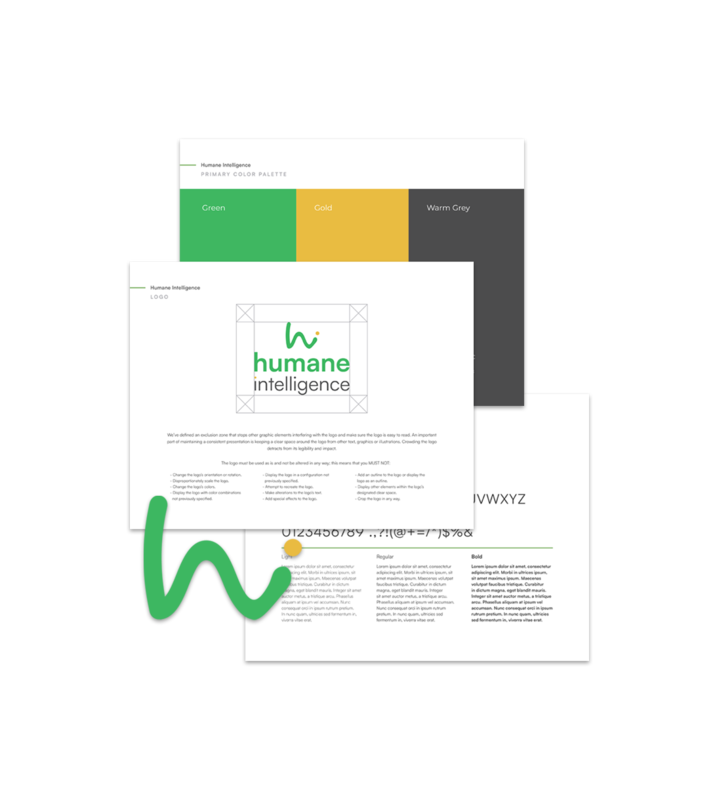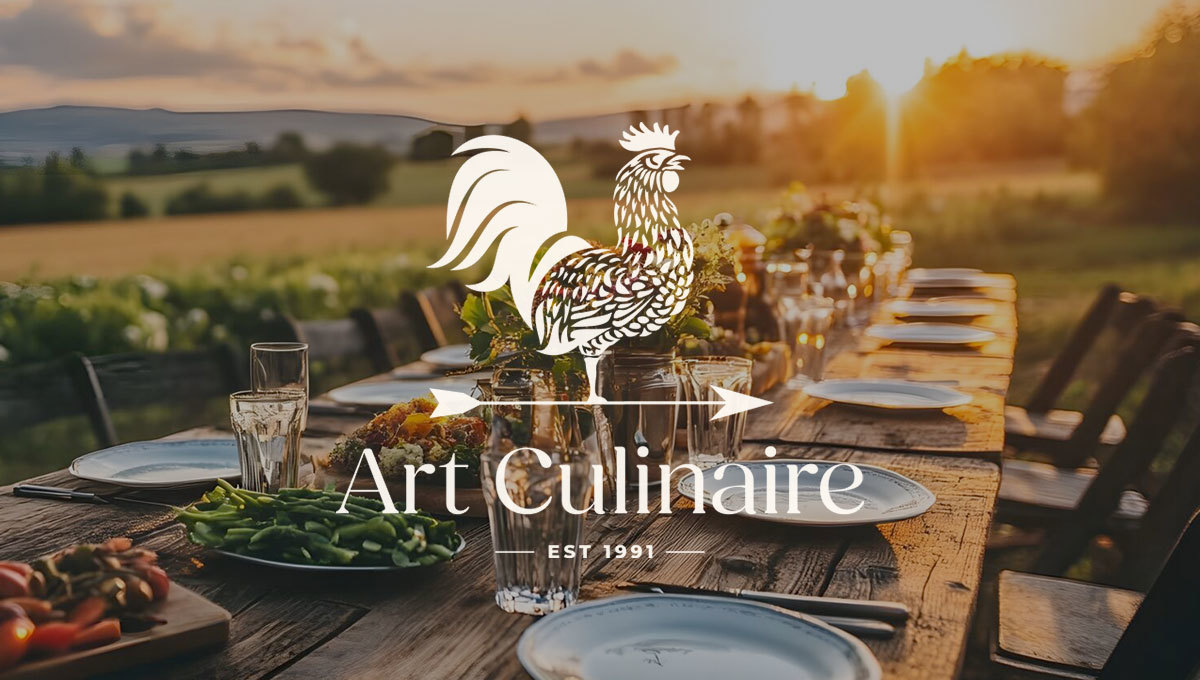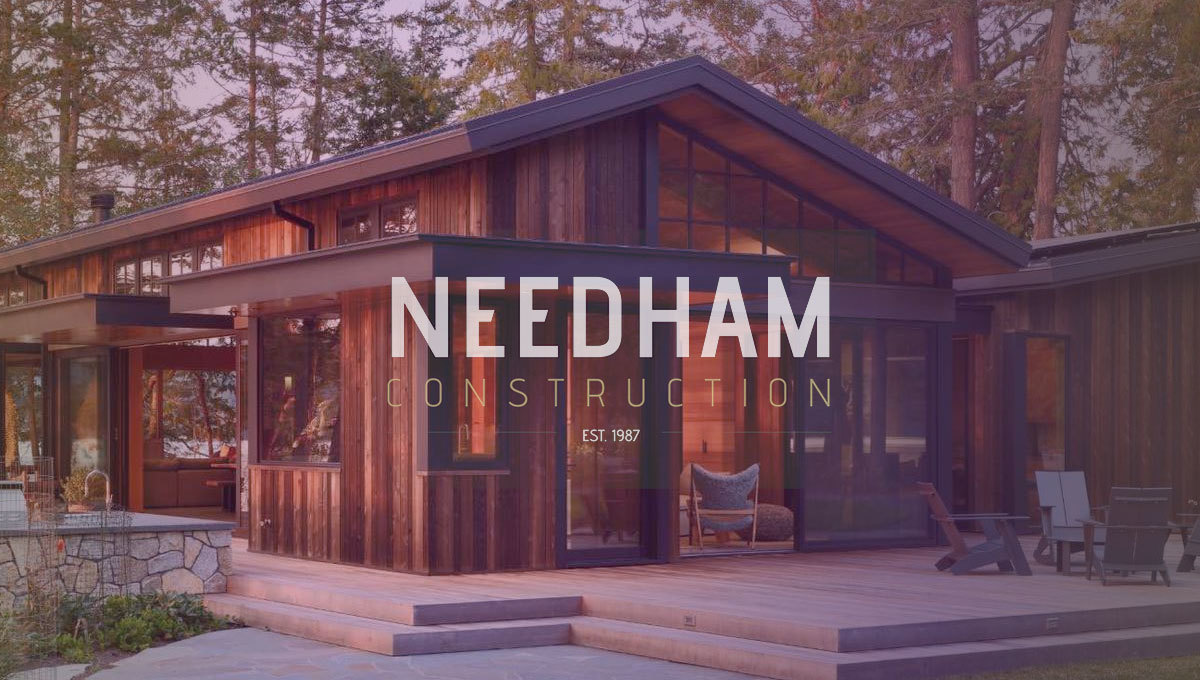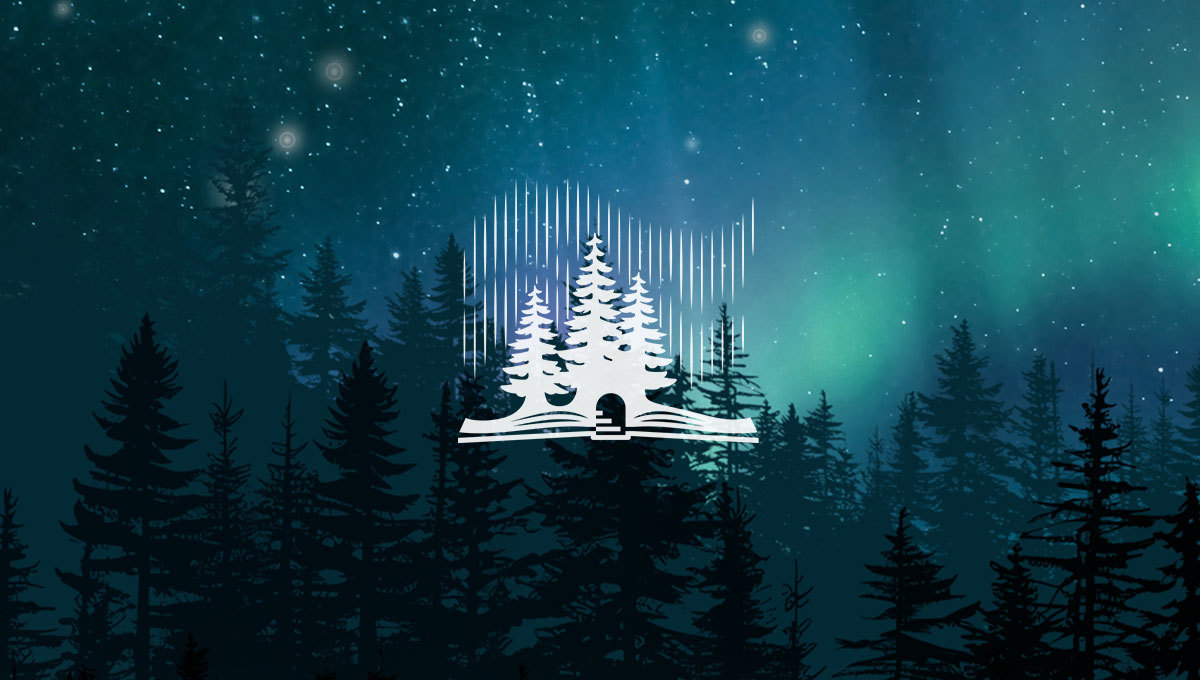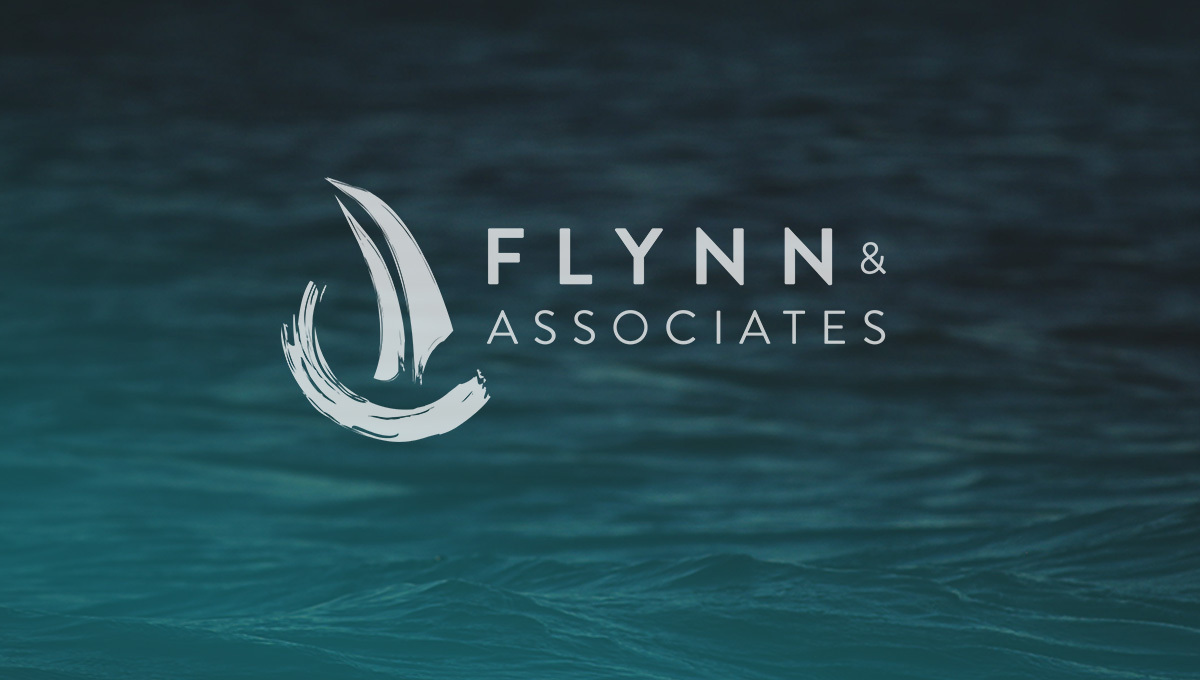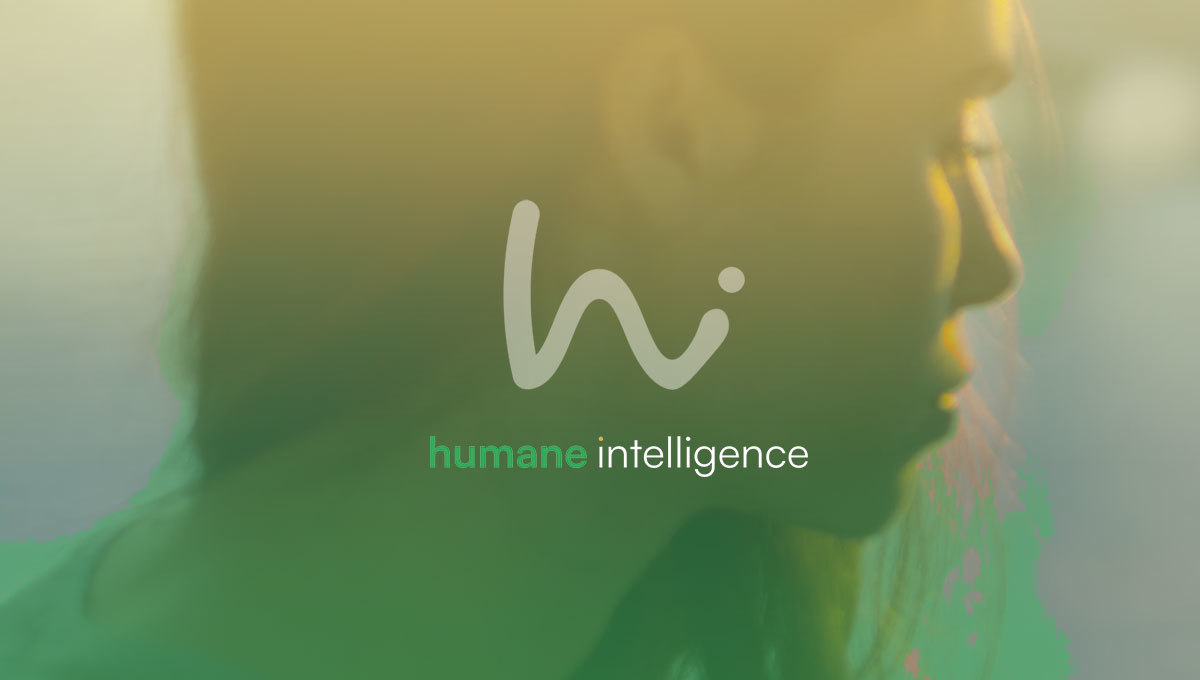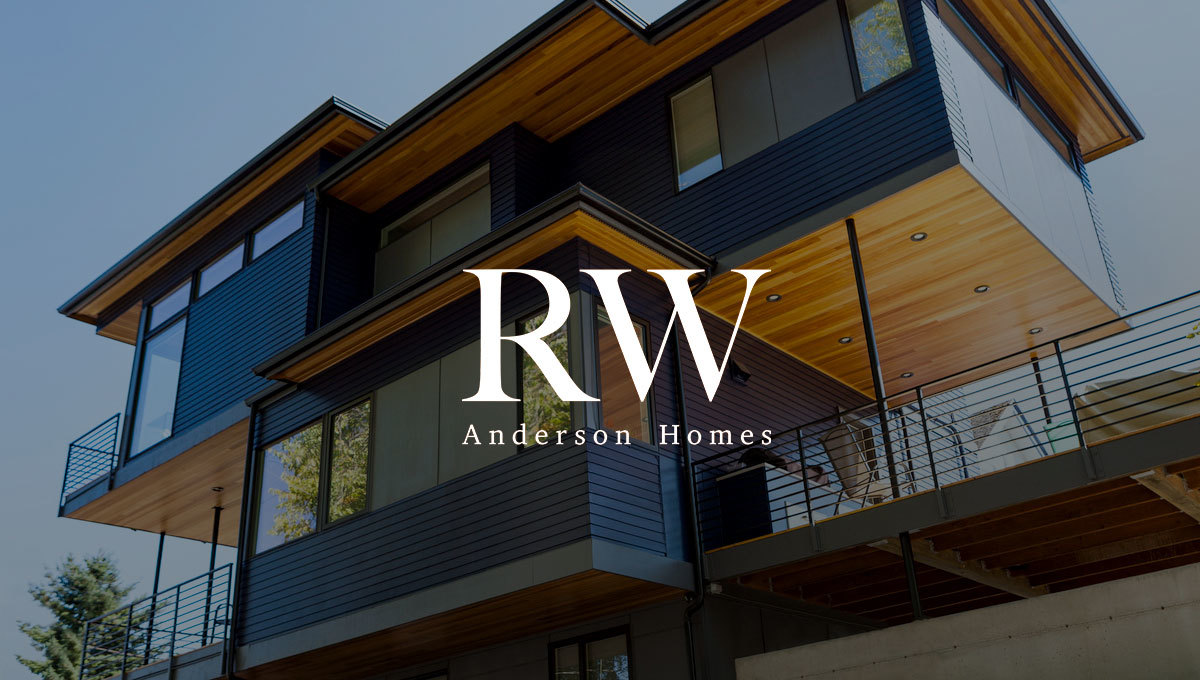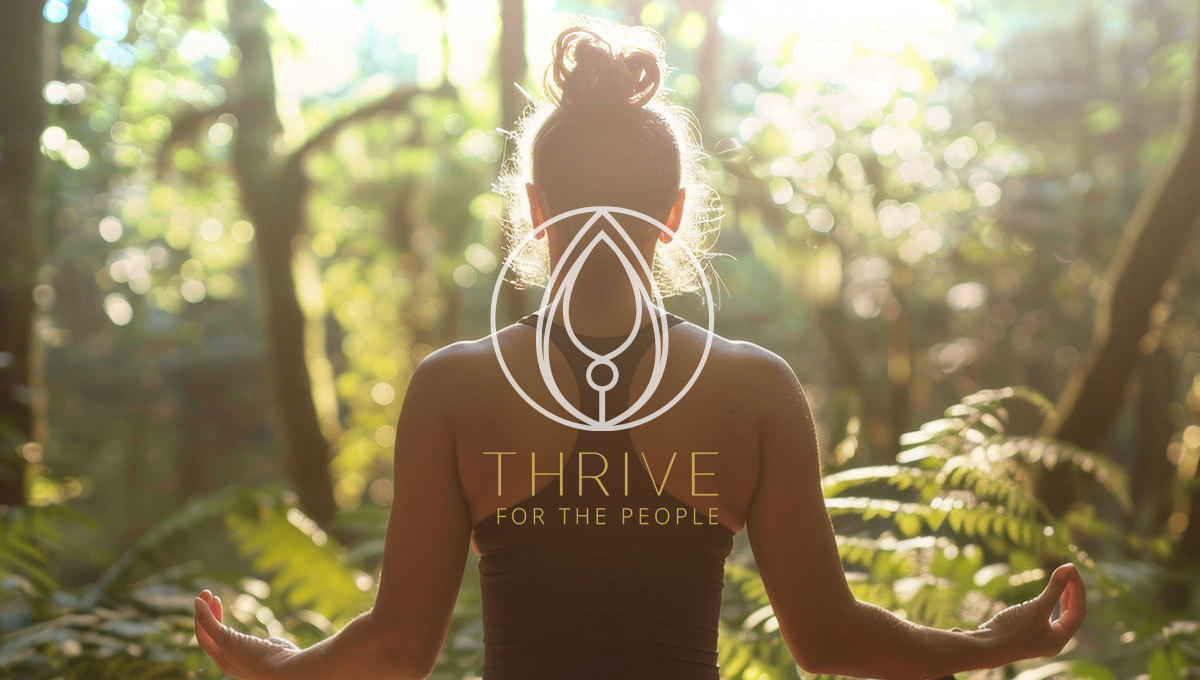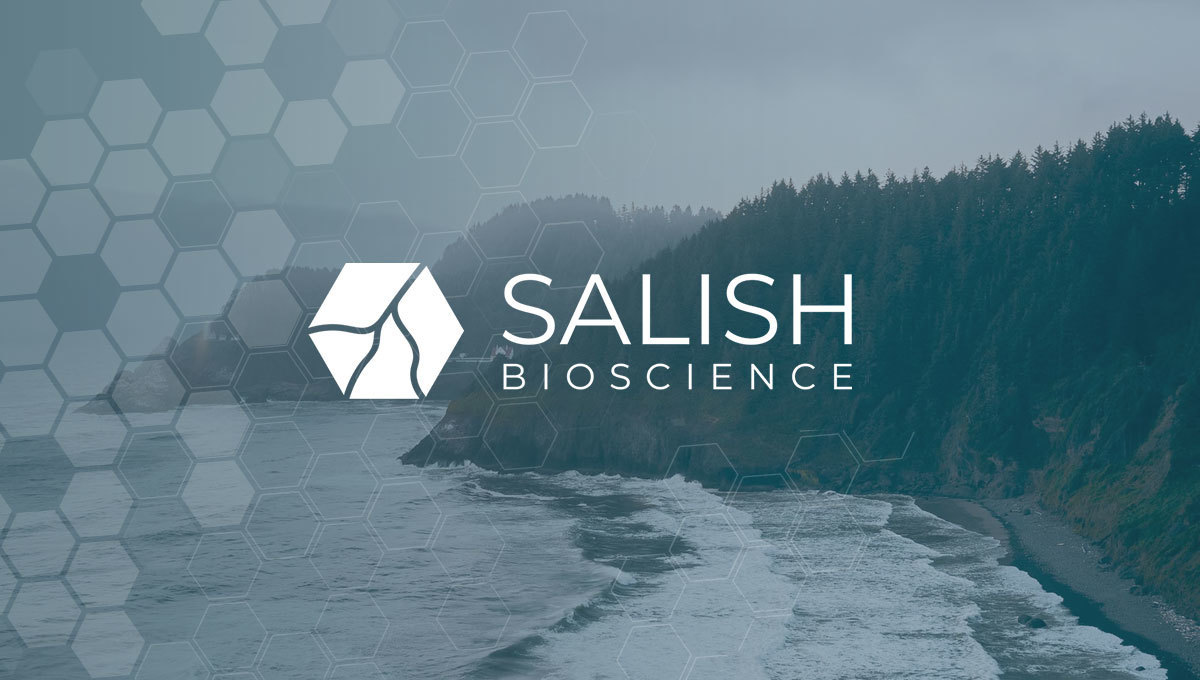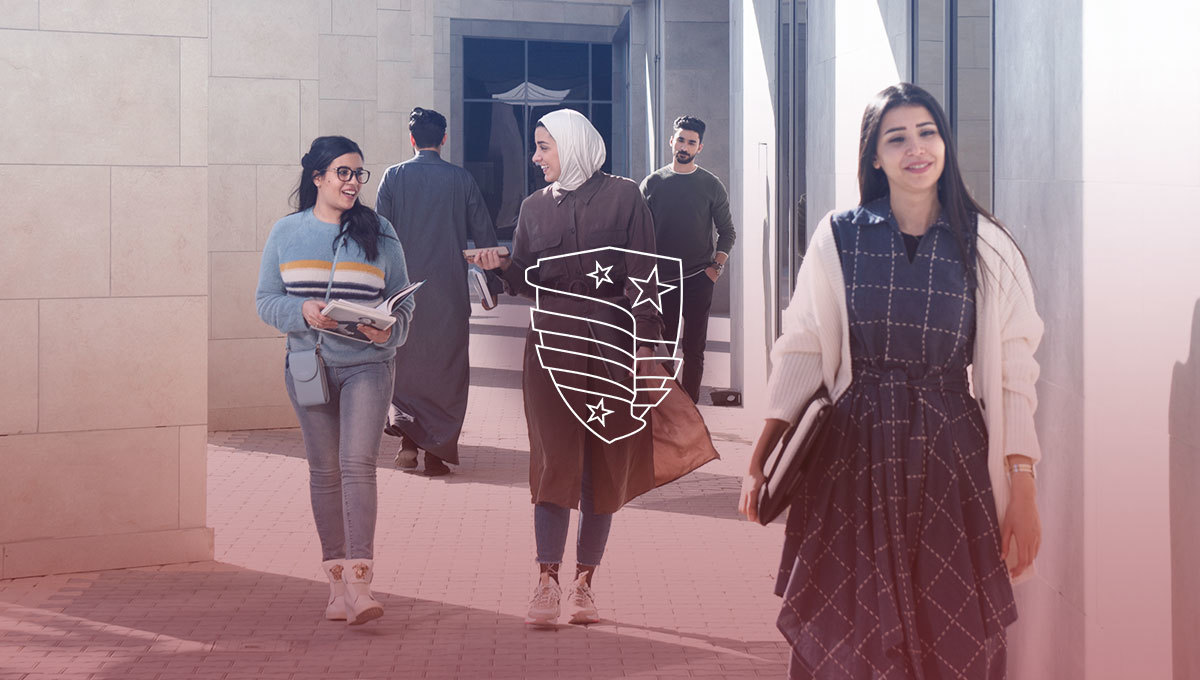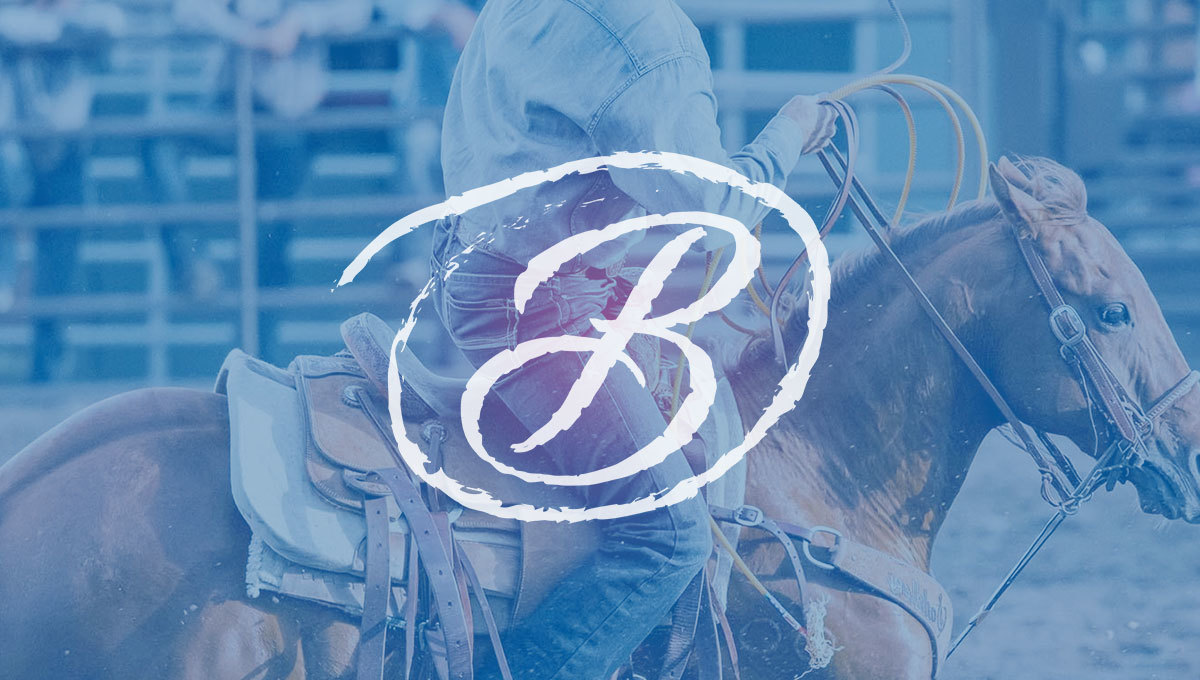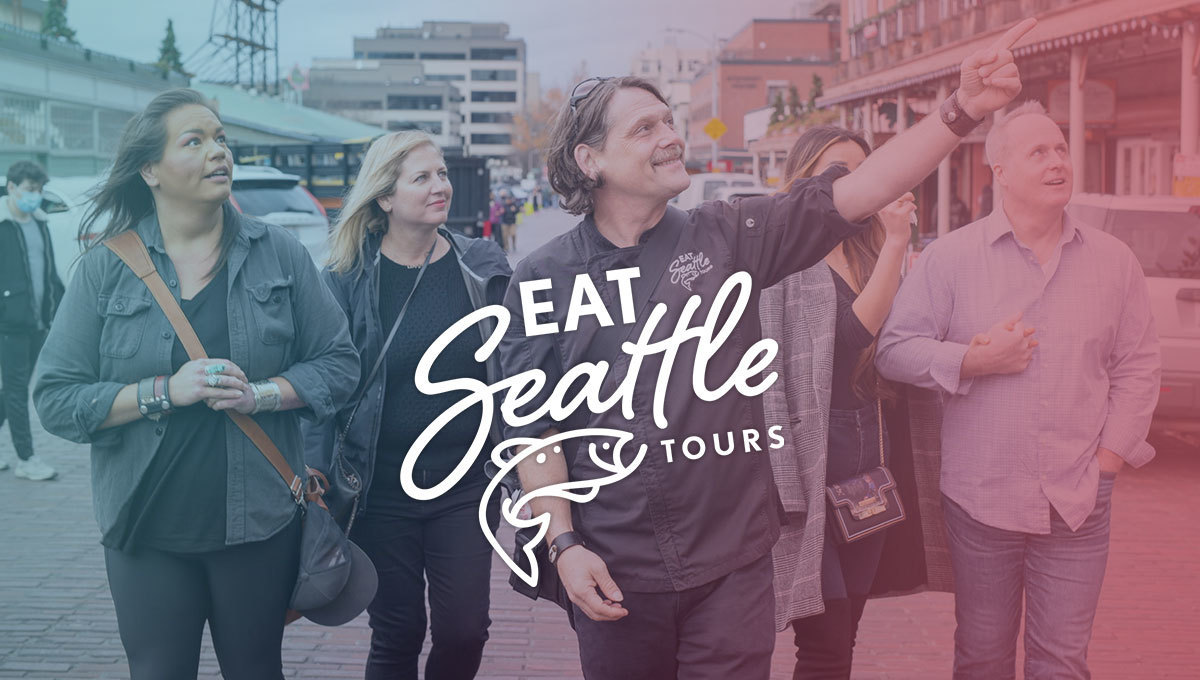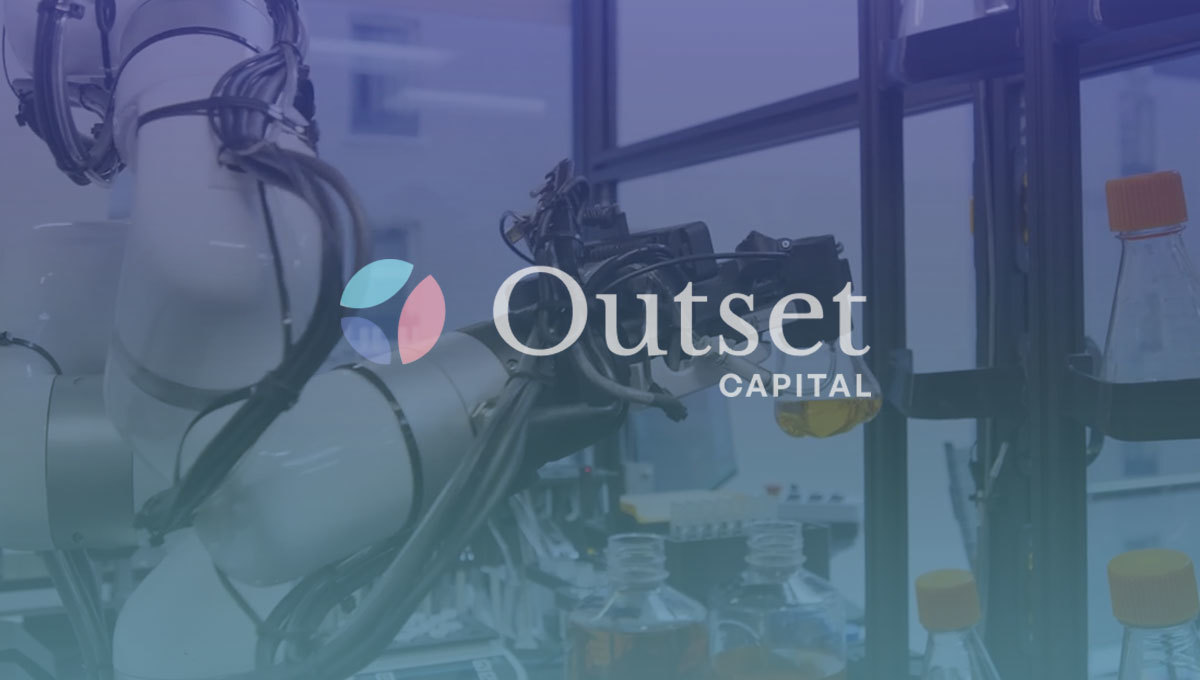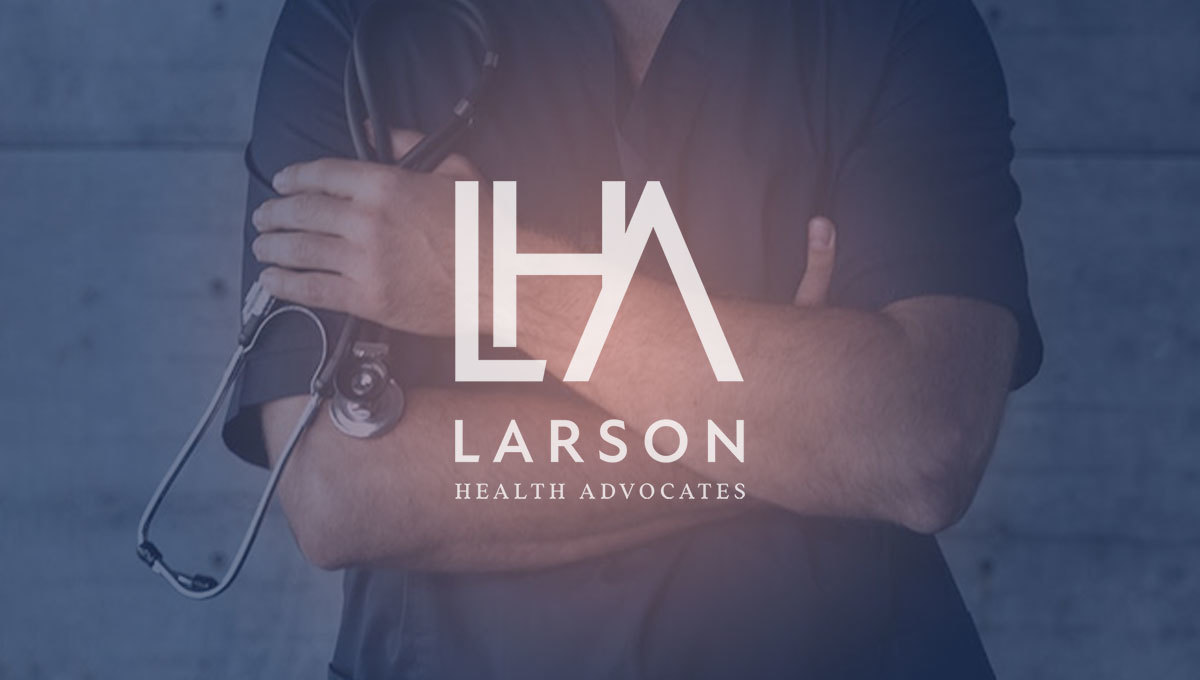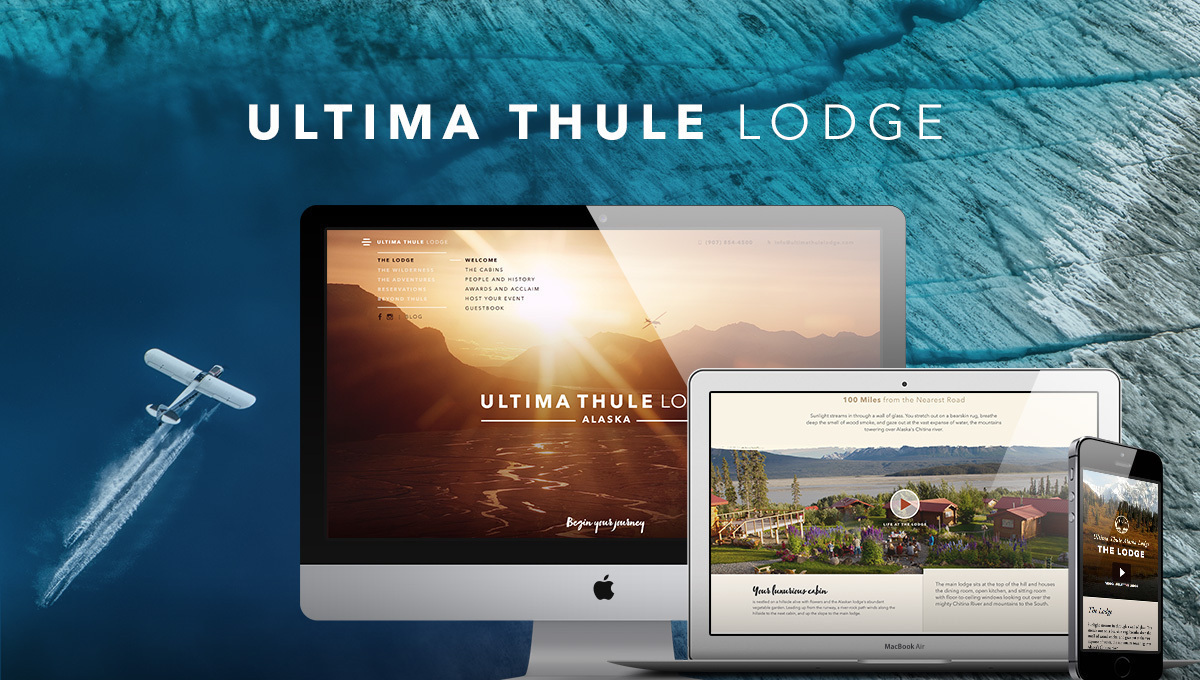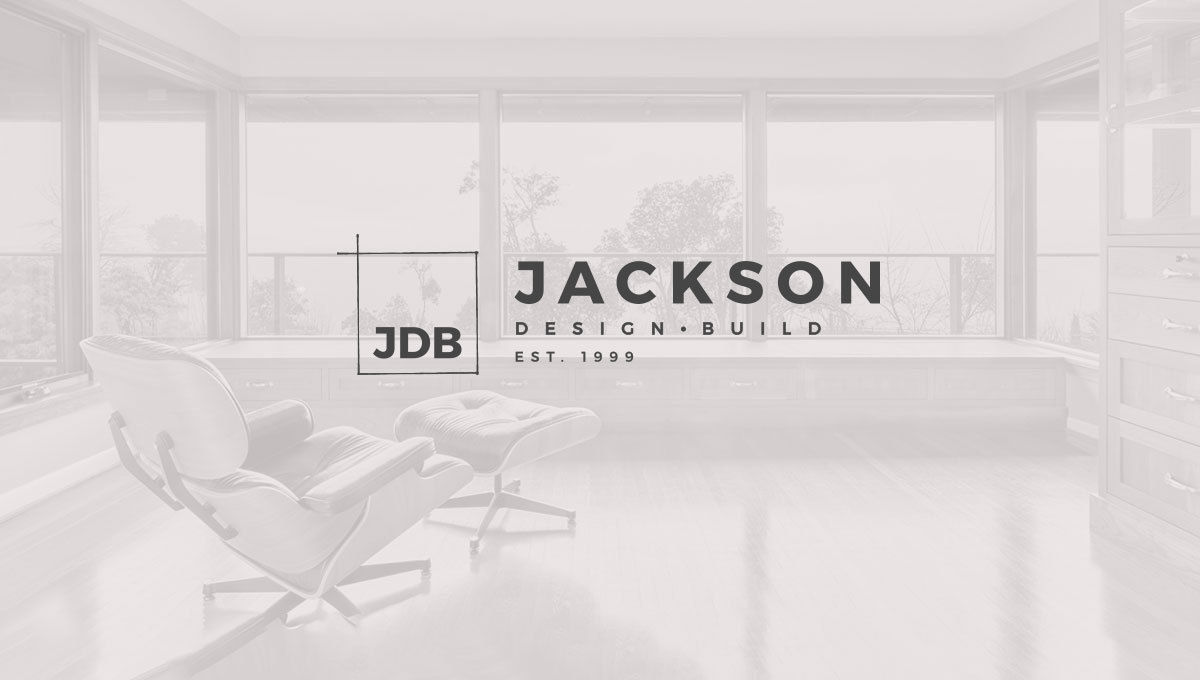Branding Agency in Seattle - Branding Process
Practical Branding:
4 Week Branding Process Explained: What To Know in 2025

How do people perceive you? Your logo and brand elements work together to create a feeling.
Inspire confidence and pride. And help you compete.

Naming, Mission, and Message
“The difference between the almost right word and the right word is a large matter — it's the difference between the lightning bug and the lightning.” — Mark Twain
As a branding agency in Seattle, we often in the position to help our clients choose - or create - effective, memorable names for products, services and companies. Names that evoke, inspire, and make an impact.
We work with clients to clarify mission statements and to create taglines that capture your values and value proposition. We help shape copy and scripts that grab attention and help you stand apart in a crowded field.

Print + Digital
Beautiful marketing materials show prospects and fans that you share their values and value their relationship. They make a gorgeous first impression and a powerful leave-behind for sales visits.
We create advertisting campaigns for print and digital, large-format for events and tradeshows, and gorgeous collateral, from business cards to glossy brochures.
Our branding work...


A logo and the surrounding brand create a feeling.
They shape how people see you, and show them how you see yourselves.
Your brand becomes a focal point for all your work. For prospective customers, it inspires confidence and showcases your authority. For employees and recruiting, it’s a source of pride and inspiration.
We work with clients to identify the positive emotions that best represent their unique offering, while best positioning their brands in a competitive marketplace.
Studies show that buyers make purchase decisions based largely on emotion.
They compare features and prices — then they tell themsleves, “These guys just feel right. I simply like them better than the others. I don’t know why.”
That's the brand at work. It's a conversion rate multiplier. A megaphone for your story.
"They are outstanding!"
"While going through the process of launching a startup, I needed to find a Seattle branding agency who could develop an iconic brand as well as build an easily navigated and updateable site.
"Bizango took on the challenge and exceeded my expectations. As my company is evolving and our needs change, they are there."
What if...
Let's talk about your logo.

